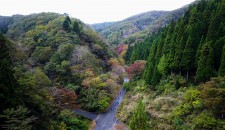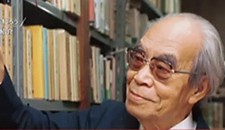Visiting the places in Tsuruga connected to Kojiki and Nihon-shoki [PR for Fukui]
2016.08.10

Kojiki is the oldest Japanese history book which has been handed down to the modern period. Nihon-shoki is the official oldest chronicles of Japan. Kojiki and Nihon-shoki are collectively called "Kiki".
This year marks the 1300th year since the completion of the Kojiki. and 2020 will be the 1300th year since the completion of the Nihon-shoki. Fukui Prefecture introduces the places including shrines and historic sites which were written in Kojiki and Nihon-shoki for people from Fukui and other prefectures to visit them.
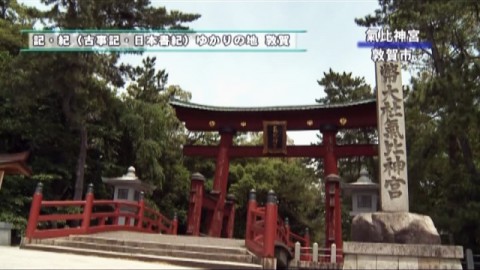
Kehi Shrine was written in Kojiki and it is written using the different kanji in Nihon-shoki. Since Kehi Shrine was written in both books, it shows how meaningful the history is.
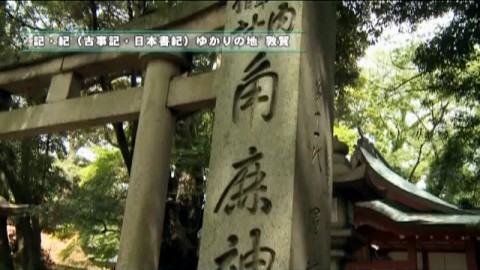
This precinct has Tsunuga Shrine which enshrines "Tsunuga Arashito" (a prince of Kaya, an ancient Korean kingdom). Tsuruga was originally called "Tsunuga".
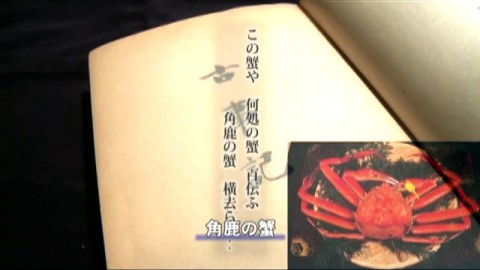
In Kojiki, there is a song of the 15th Emperor Ojin, and there is a word "Tsunuga's Kani (crab)" in it, so it might be the origin of so-called "Echizen Gani (crab)" known in our present day.
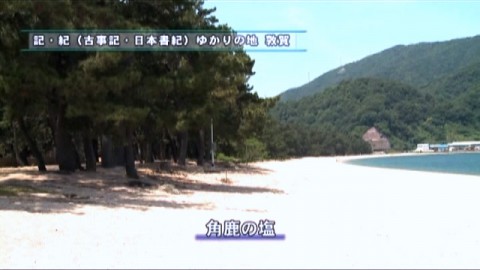
It is also written in the Nihon-Shoki that the salt the emperor eats became the one from Tsunuga (Tsuruga) only. As you can see many places in Tsuruga are written in Kojiki and Nihon-shoki.
From the TV program [PR for Fukui], broadcasted on Jun. 17th, 2012.
It is reprinted with permission from Fukui Prefecture. (Subtitled by GEN)


